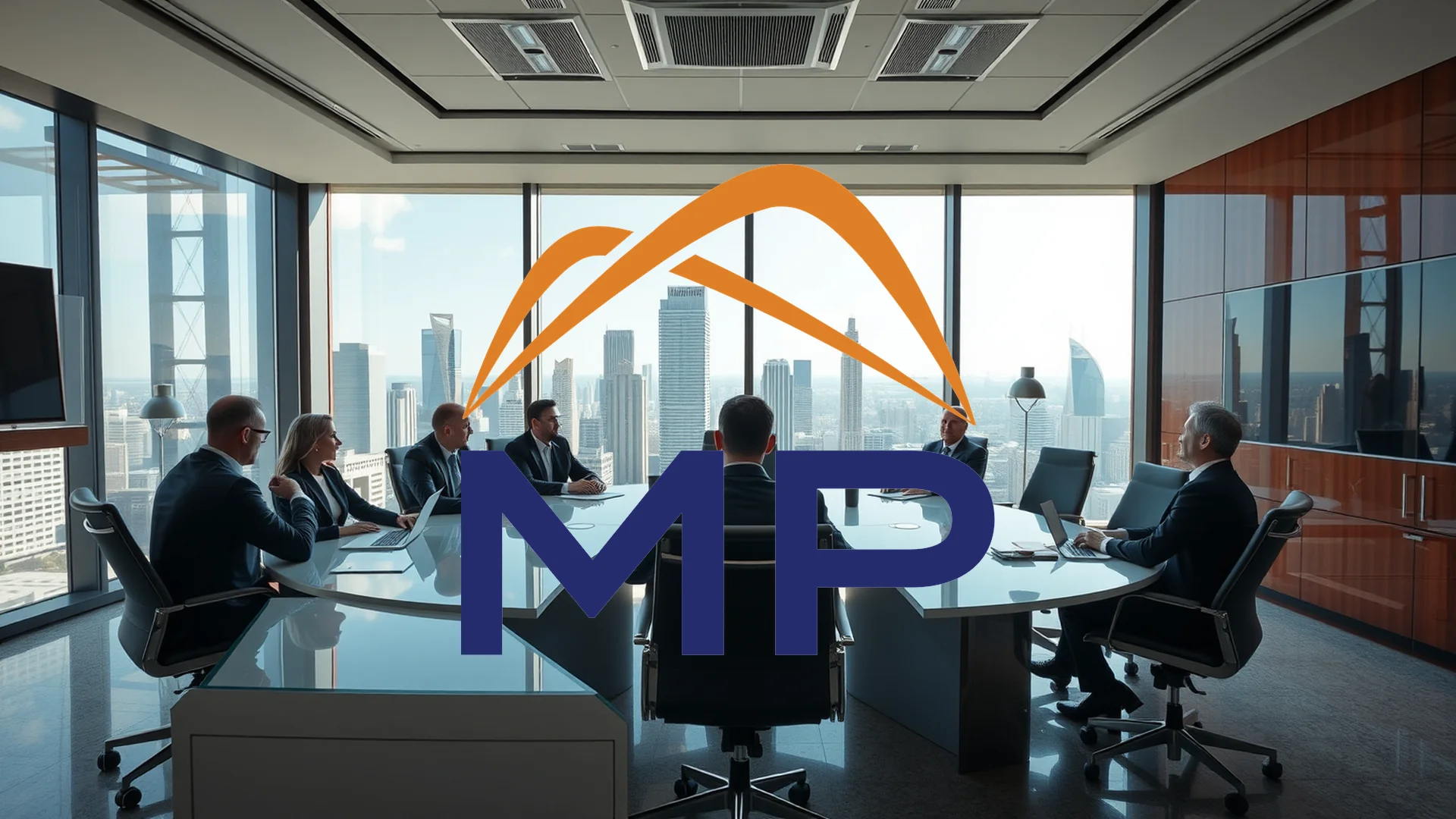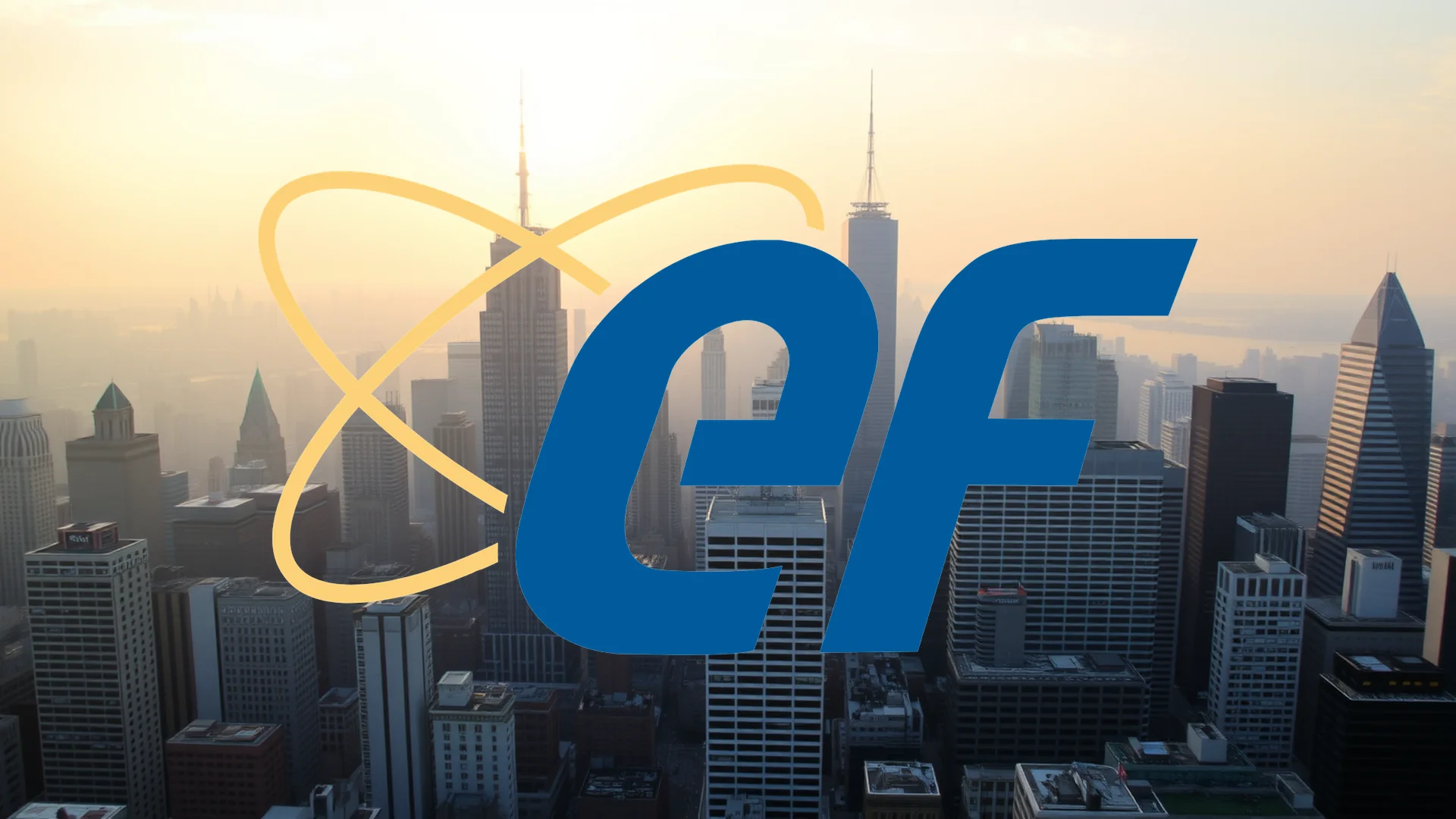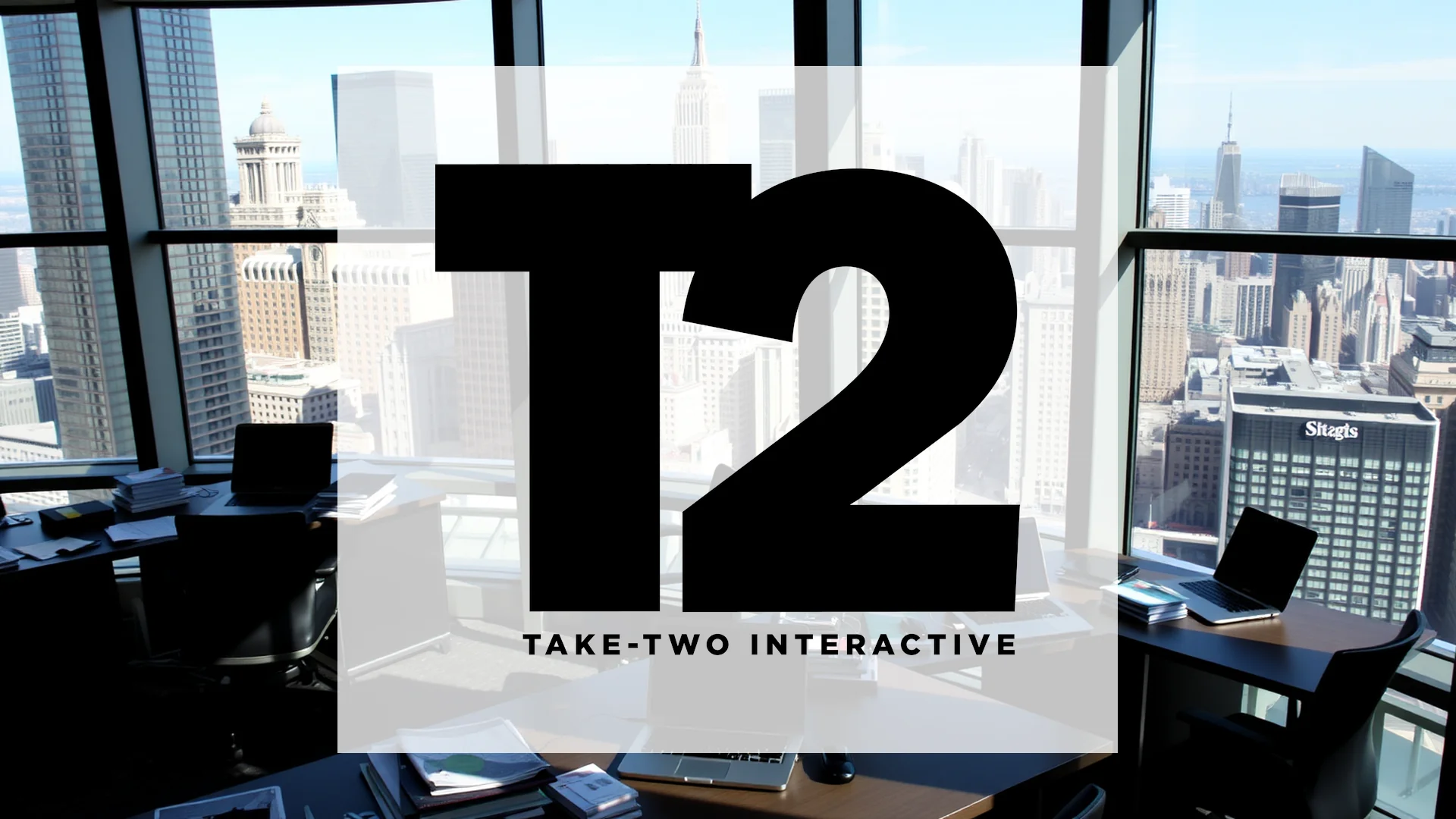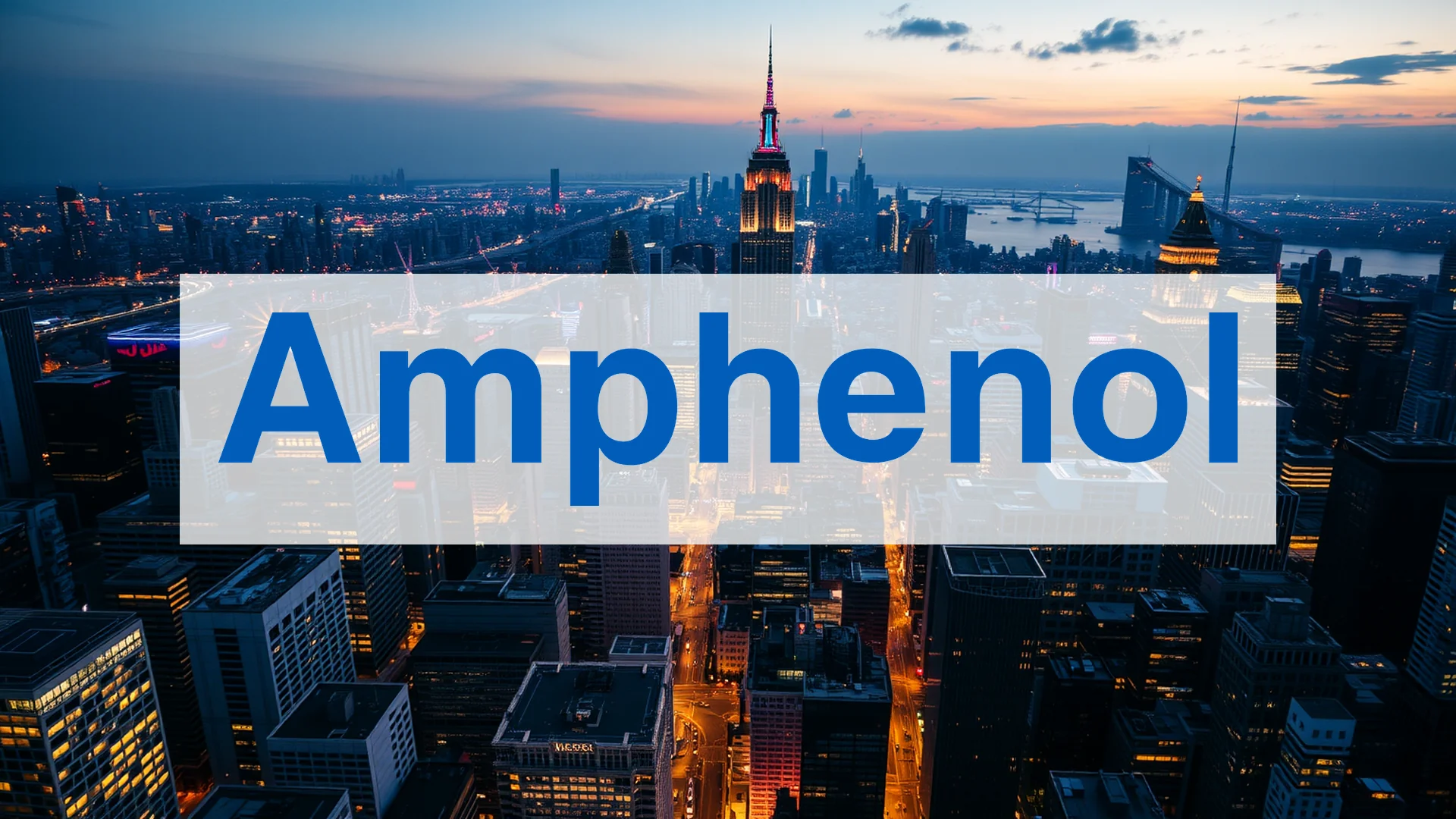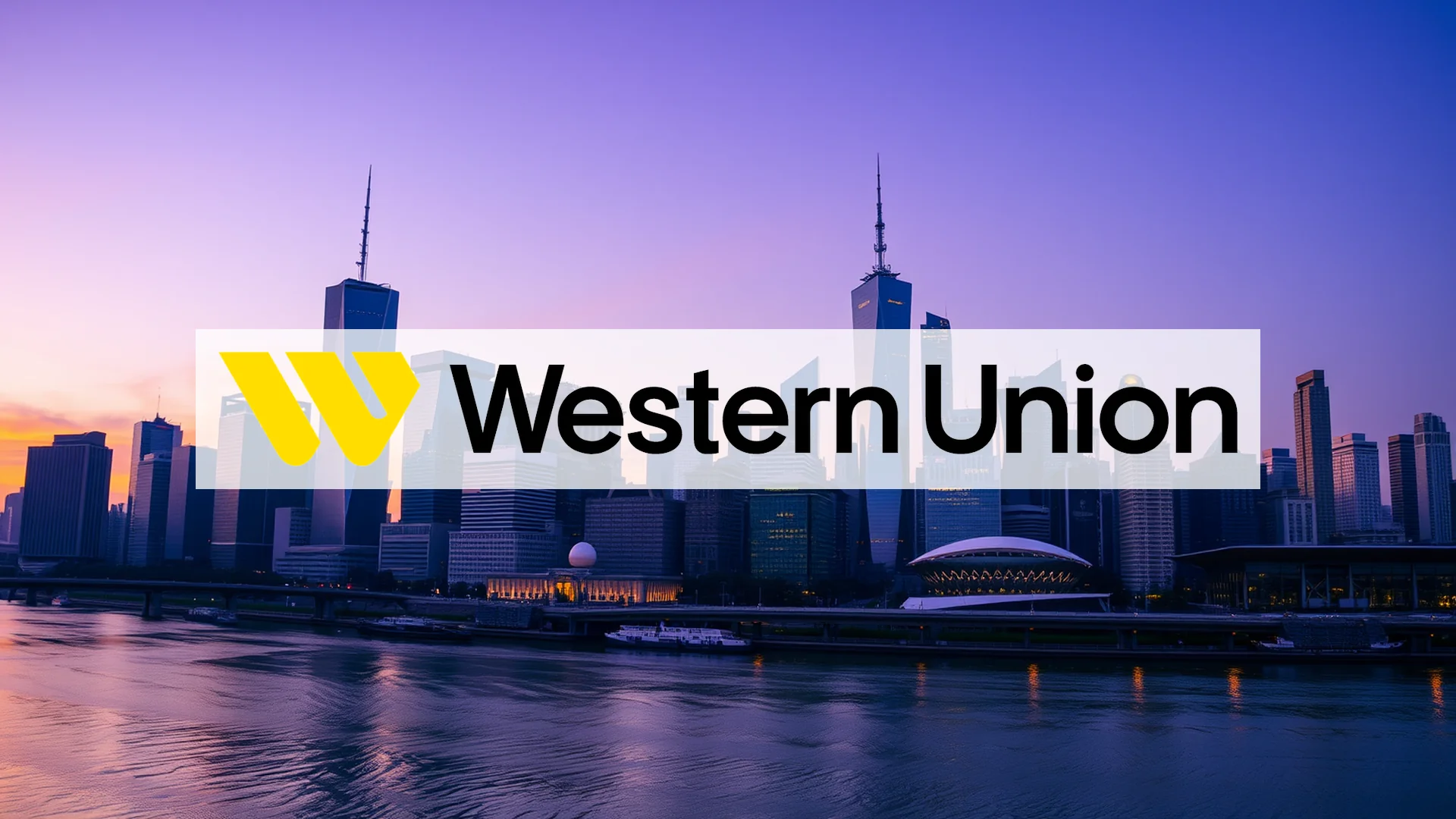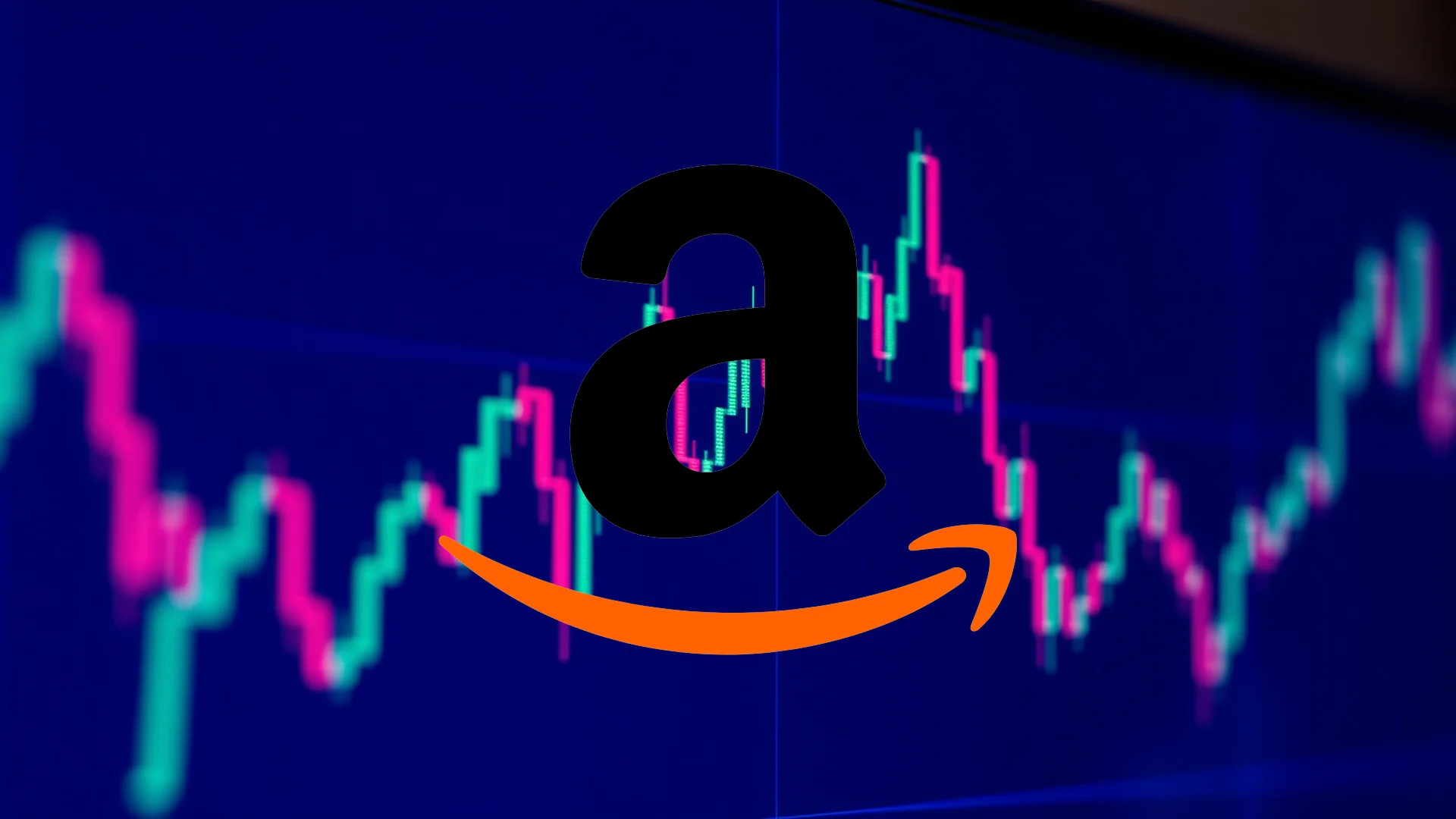Luxury fashion conglomerate Tapestry (NYSE: TPR) finds itself at a crossroads, presenting investors with a compelling mix of shareholder rewards and strategic uncertainty. The parent company of Coach and Kate Spade recently delivered a double dose of positive news: better-than-expected quarterly results and a significant dividend increase. However, a closer examination reveals a more complex picture, marked by insider selling and cautious analyst sentiment that questions the company’s long-term growth trajectory.
Strong Quarterly Performance Fuels Shareholder Returns
The company’s recent financial report provided clear cause for optimism. Tapestry posted earnings per share of $1.04, surpassing analyst projections of $1.02. Revenue saw healthy growth, climbing 8.3% year-over-year to reach $1.72 billion. In a direct response to this robust performance, the board announced a substantial 14% hike in the quarterly dividend, raising it from $0.35 to $0.40 per share. This adjustment translates to an annual yield of approximately 1.4%. Looking further ahead, management provided an ambitious earnings guidance for fiscal year 2026, targeting a range between $5.30 and $5.45 per share.
Divergent Signals from Investors and Insiders
Beneath the surface of these strong fundamentals, investment activity tells a more nuanced story. Institutional investors appear divided on Tapestry’s prospects. While Gries Financial LLC established a new position in the company, Wilsey Asset Management simultaneously reduced its holdings by 1.0%. More notably, recent insider transactions have raised eyebrows. Director Alan Ka Ming Lau divested shares worth over $1.2 million in mid-September, cutting his stake by 58%. This followed a similar move by Vice President Manesh Dadlani in late August, who sold a six-figure dollar amount of stock.
Strategic Pivot Faces Market Scrutiny
Tapestry is executing a significant strategic refocusing. The recent sale of its Stuart Weitzman brand to Caleres for $105 million is intended to free up resources dedicated to its core labels. During its Investor Day presentation, the company unveiled the “Amplify” growth plan, accompanied by the announcement of a massive $3 billion share repurchase program.
Should investors sell immediately? Or is it worth buying Air TPR?
The critical question remains whether these strategic maneuvers can alleviate underlying concerns about growth momentum. Market experts express varying degrees of caution. The average price target for Tapestry shares currently stands at $106.47 with a “Moderate Buy” consensus rating. However, individual analyst positions highlight the uncertainty; Sanford C. Bernstein maintains a $112 target, while Wall Street Zen recently downgraded its recommendation from “Strong Buy” to “Buy.”
Key Factors Influencing Tapestry’s Investment Outlook:
* A 14% quarterly dividend increase to $0.40 per share
* Recent earnings and revenue beats
* Strategic divestiture of the Stuart Weitzman brand
* A new $3 billion stock buyback authorization
* Mixed analyst ratings reflecting growth apprehensions
The most significant challenge confronting Tapestry is its modest organic growth projection. The market anticipates just a 3% sales increase over the next twelve months. With the stock trading at a price-to-earnings ratio of 21.3, the company faces considerable pressure to deliver on its promises and justify its current valuation to investors.
Ad
Air TPR Stock: Buy or Sell?! New Air TPR Analysis from December 26 delivers the answer:
The latest Air TPR figures speak for themselves: Urgent action needed for Air TPR investors. Is it worth buying or should you sell? Find out what to do now in the current free analysis from December 26.
Air TPR: Buy or sell? Read more here...



